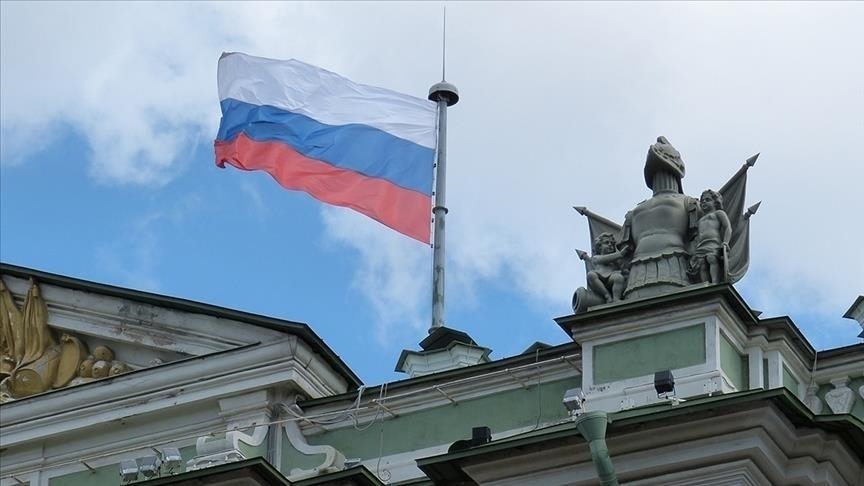

By Anadolu Agency
MOSCOW
The Russian government and business community are seeking innovative solutions to banking and international payment problems because of sanctions imposed on the country.
Russia was excluded from the Society for Worldwide Interbank Financial Telecommunication (SWIFT) payment system in the wake of its war in Ukraine, which resulted in issues in imports and exports that still plague the Russian government.
The sanctions restricted the use of dollars and euros and since the Russian economy is heavily dependent on international trade, problems in foreign currencies caused difficulties.
Russia developed the System for Transfer of Financial Messages (SPFS) as an alternative to SWIFT and launched it in late 2017. More than 400 financial institutions have used SPFS by 2023.
Similarly, Russia created its own Mir payment system as an alternative to Visa and Mastercard, and it soon became a target for sanctions by the West.
President Vladimir Putin said in a speech in 2022 that the current international payment systems are “expensive” and controlled by “a narrow club of states and financial groups,” as he ordered the development of alternative solutions.
Currently, the Russian government is focusing on trade in national currencies, on its digital payment platform “BRICS Bridge,” and in cryptocurrencies.
Russia’s trade in national currencies
As Russia’s trade with Western nations declines, the country is compensating for the losses by increasing cooperation with Asian and Gulf countries.
Aiming to boost transactions made in national currencies instead of the US dollar and the euro, Russia made two trade agreements with Asian and Gulf countries to use the Russian ruble, the Chinese yuan, or the Indian rupee, especially in its energy trade with China and India.
Putin said at the St. Petersburg International Economic Forum in June that the share of the dollar and the euro in Russia’s exports will be halved in 2023, while the share of the ruble will jump to 40%.
The country wants to boost the share of non-dollar and non-euro national currencies in all its international trade to 80% by 2030.
Despite the increased use of national currencies with China and Central Asian nations, however, issues arise constantly, as Russia’s trade with India is jeopardized by the increasing pressure on banks due to sanction threats, in addition to the fact that the rupee is not a fully convertible currency.
Russia’s digital payment platform BRICS Bridge
BRICS, consisting of Brazil, Russia, India, China, South Africa, Iran, Egypt, Ethiopia, and the United Arab Emirates, play an important role for Russia in dropping trade with Western nations.
Russia’s work-in-progress BRICS Bridge digital payment platform aims to reduce dependence on the dollar and the euro in trade.
The BRICS Bridge platform is planned to be a payment system compatible with digital currencies in the blockchain developed by central banks.
Cryptocurrency boom in Russia
Cryptocurrencies have been rapidly growing recently in popularity in Russia, and even though the central bank called for a total ban in 2021, cryptocurrencies have come to prominence due to Russia’s exclusion from SWIFT.
The government is now showing interest in cryptocurrencies as a means to bypass traditional financial systems.
The State Duma, the lower house of the Federal Assembly of Russia, passed a bill legalizing crypto mining on July 30, and another allowing the use of digital financial assets in international payments on Feb. 27.
Central Bank of Russia Governor Elvira Nabiullina stated that the use of cryptocurrencies in international trade can begin by the end of 2024.
Many countries are developing regulations and legislations on cryptocurrencies, therefore it remains unclear exactly how and to what limit they would be used in international trade.
The Central Bank of Russia launched a trial run of the digital Russian ruble last year, expecting it to be widespread in the coming years.
We use cookies on our website to give you a better experience, improve performance, and for analytics. For more information, please see our Cookie Policy By clicking “Accept” you agree to our use of cookies.
Read More